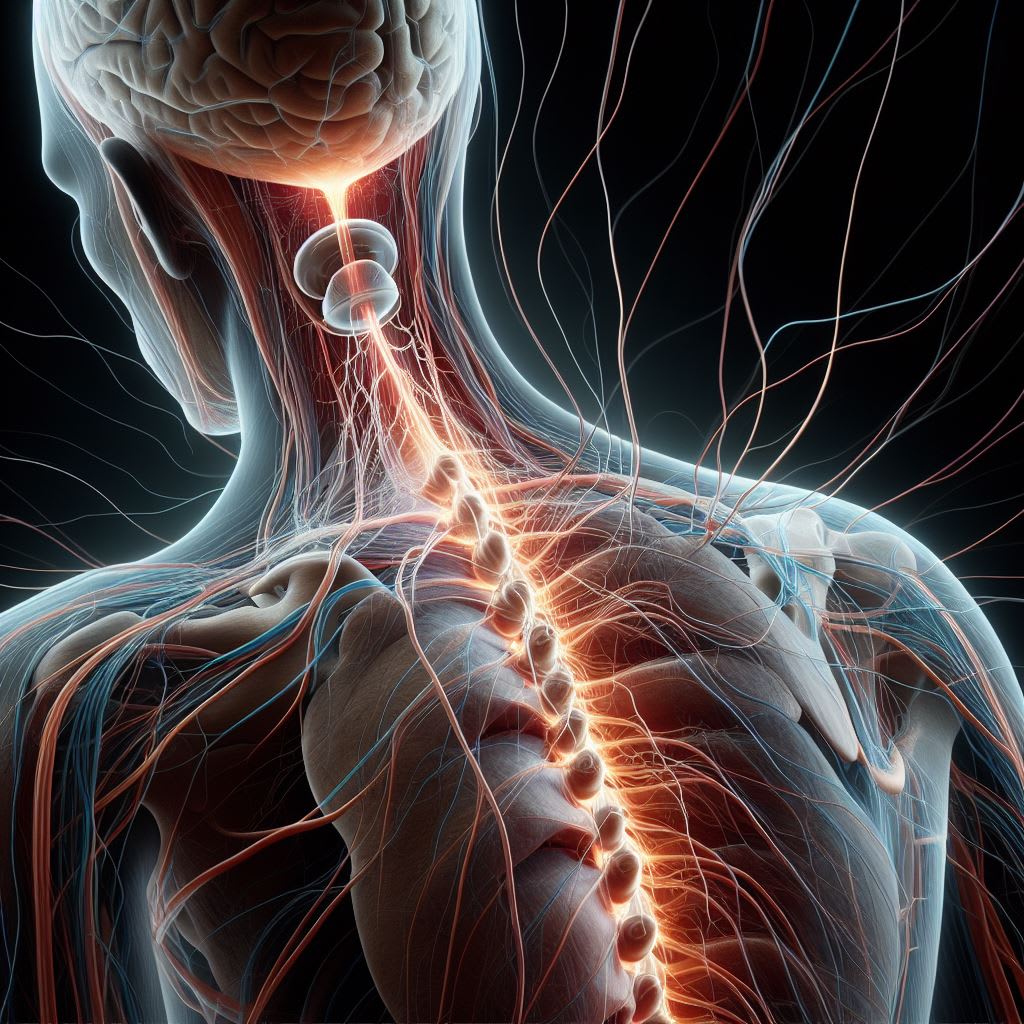Speedy Nervous Impulses:the Mysteries of Neural Communication
Impulses

Embark on a journey through our nervous system and discover how electrical impulses race through our neurons, facilitating rapid communication. Dive into the fascinating world of neural transmission in this insightful article.
Introduction
The human nervous system is a marvel of efficiency and complexity, allowing for the seamless transmission of signals throughout the body. At the heart of this intricate network are speedy nervous impulses that enable rapid communication between neurons, driving essential functions and behaviors.
Understanding Neuronal Communication
Neuronal communication is the cornerstone of nervous system function, facilitating the transmission of information between neurons and other cells. This process relies on the generation and propagation of electrical impulses, which travel along specialized structures known as axons.
Generation of Action Potentials
Action potentials, also known as nerve impulses, are brief fluctuations in membrane potential that propagate along the length of an axon. These electrical signals are generated in response to stimuli and serve as the primary means of communication between neurons.
Role of Neurotransmitters
Neurotransmitters are chemical messengers that transmit signals across synapses, the junctions between neurons. Upon reaching the presynaptic terminal, action potentials trigger the release of neurotransmitters into the synaptic cleft, where they bind to receptors on the postsynaptic membrane, initiating a new electrical signal in the downstream neuron.
Anatomy of a Neuron
Neurons, the building blocks of the nervous system, possess specialized structures that enable them to send and receive signals with remarkable speed and precision.
Dendrites: Receiving Incoming Signals
Dendrites are branched extensions of a neuron that receive signals from other neurons and transmit them toward the cell body. These structures contain receptors for neurotransmitters and play a crucial role in integrating incoming information.
Cell Body: Processing Information
The cell body, or soma, houses the nucleus and other organelles responsible for the metabolic functions of the neuron. It serves as the control center of the cell and integrates incoming signals from dendrites before generating an output signal.
The Role of Myelin in Speeding Up Transmission
Myelin, a fatty substance that surrounds axons, plays a critical role in accelerating the speed of nerve impulses. By insulating the axon and reducing electrical leakage, myelin allows action potentials to propagate more efficiently, enabling rapid communication between neurons.
Nodes of Ranvier: Facilitating Saltatory Conduction
Nodes of Ranvier are small gaps in the myelin sheath where the axon is exposed to the extracellular fluid. These regions play a crucial role in facilitating saltatory conduction, a process in which action potentials "jump" from one node to the next, significantly increasing the speed of nerve impulse transmission.
FAQs
How fast do nervous impulses travel in the human body?
Nervous impulses can travel at speeds ranging from a few meters per second to over 100 meters per second, depending on factors such as axon diameter and the presence of myelin insulation.
What happens if myelin is damaged or degraded?
Damage to the myelin sheath, as seen in conditions such as multiple sclerosis, can disrupt nerve impulse transmission, leading to symptoms such as weakness, numbness, and impaired coordination.
Can nervous impulses travel in both directions along an axon?
While most nerve impulses travel in one direction—from the cell body to the axon terminals—certain neurons, such as those involved in reflex arcs, can conduct impulses in both directions.
How do neurotransmitters influence behavior and mood?
Neurotransmitters play a key role in regulating various aspects of behavior and mood by modulating neuronal activity and synaptic transmission. Imbalances in neurotransmitter levels have been implicated in numerous psychiatric disorders.
What are some factors that can affect the speed of nervous impulse transmission?
Factors such as axon diameter, myelination, temperature, and the presence of neurotransmitters can all influence the speed of nervous impulse transmission in the nervous system.
Are there any medical conditions that can affect the speed of nerve impulses?
Certain medical conditions, including peripheral neuropathy, Guillain-Barré syndrome, and Charcot-Marie-Tooth disease, can affect the speed of nerve impulse transmission, leading to symptoms such as muscle weakness, pain, and sensory disturbances.
Conclusion
In conclusion, the phenomenon of speedy nervous impulses is a testament to the remarkable efficiency and precision of the human nervous system. By unraveling the mysteries of neural communication, we gain valuable insights into the fundamental processes that underlie brain function and behavior, paving the way for new discoveries and therapies in neuroscience.





Comments
There are no comments for this story
Be the first to respond and start the conversation.